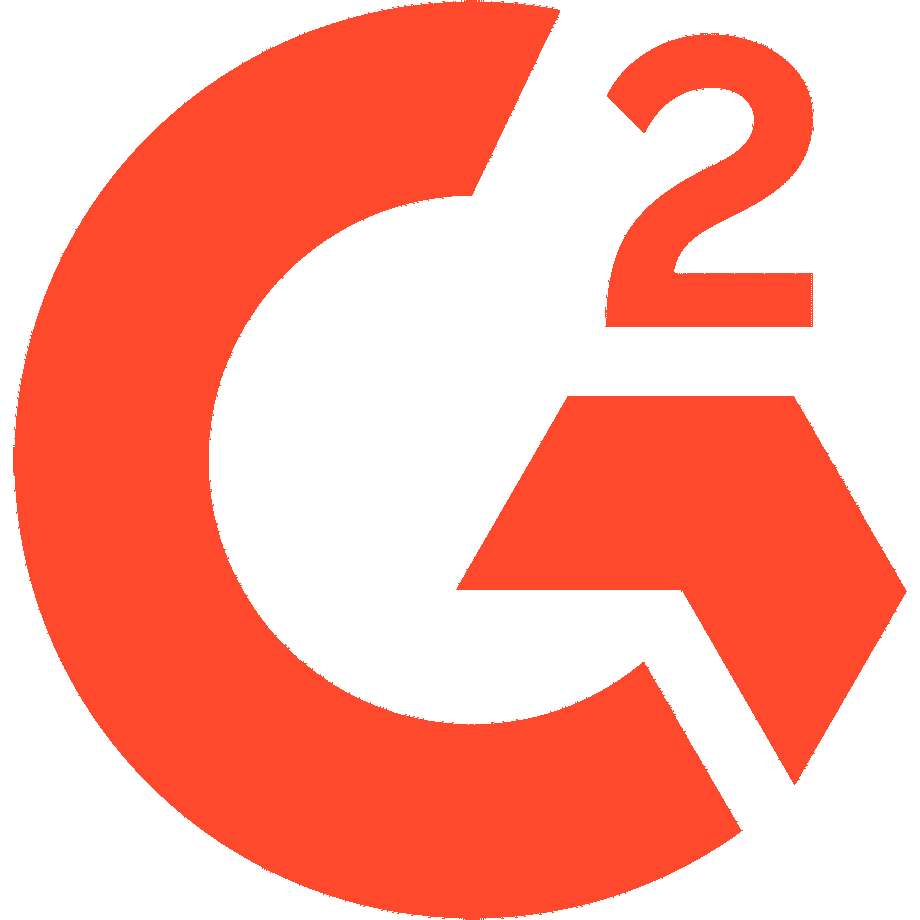A few years back, the internet was used only to connect people with computers, isn’t it? But now, with the Internet of Things (IoT), things have changed. From smart homes to smart cities and smart cars – IoT has turned everything around us into a smart device. So, what exactly is this Internet of Things? Well, it is a network of computing devices, objects, animals or machines that are interconnected in order to share data. It doesn’t require the need for human intervention. Sounds cool? Each machine or device on the network has a sensor, chip or an IP address assigned that allows it to transfer data over the network.
With every passing day, more and more organizations belonging to different industries have started using IoT to improve their customer service, streamline their operation and increase the value of their business.
Now, how is IoT going to rule in 2020? We’ve made some predictions here. Have a look below:
- Use of IoT in healthcare

There will be an increase in the number of IoT devices used in the healthcare industry. It is predicted that the internet of medical things will grow and reach about $72,000 million by the year 2021. Medical equipment, portable devices, health monitors, sensors and other types of devices are made to connect with IoT. With the help of mobile health applications and virtual assistants, families of the patients and health professionals can monitor a patient’s health at home. Also, there are smart cars that can observe the vital signs of a patient while they’re on a ride.
- IoT and big data – the merge

Yes, Big Data and IoT are different concepts. However, they are connected! With billions of industrial IoT connected devices and consumers, the amount of data that needs processing as well as analysis would grow significantly. Here, the goal is to gather as much information as possible from the collected data that can be processed. This is where artificial engineering and big data are needed – to process such huge amounts of data. In the last few years, these two industries have grown a lot. If companies use these two technologies together, the everyday processes are going to be as smooth as a cake! And this would lead to an innovative range of applications.
- IoT in manufacturing

For machinery issues, managers at large manufacturing units can get help from sensors – all thanks to the IoT. People who take care of preventive maintenance can make full use of sensors. This way, before assigning the technicians to find an issue, it can be identified. The use of IoT in smart factories can offer a number of advantages. Wearables and IoT can create a connection between the management and the factory floor. This way, the workers will have a clear idea about the safety and condition of the factory, thereby boosting safety and time management.
- The growth of smart cities

Smart cities will be on the rise in the year 2020. Some smart city projects are already underway. Some cities in the USA are already using IoT devices in order to connect parking meters, traffic lights and utilities. Smart cities are great. Why? Well, they can provide people with a comfortable living while improving social, environmental as well as financial aspects of urban life.
- Smart stores

With Radio Frequency Identification tags (RFID), inventory management becomes a lot more fun and simpler. These are what smart stores are powered by. IoT can be of great help in this case. You get to know the number of times your visitors have come to your store, as it records the movement of your visitors as well as their interactions with your products by making use of smart lighting. So you can collect data and use it in order to improve your store inventory and make necessary adjustments.
The growth of IoT has just begun and it’s all set to become a huge business in the coming years. Want to know more about IoT or how it can impact your business? Get in touch with us now!





























